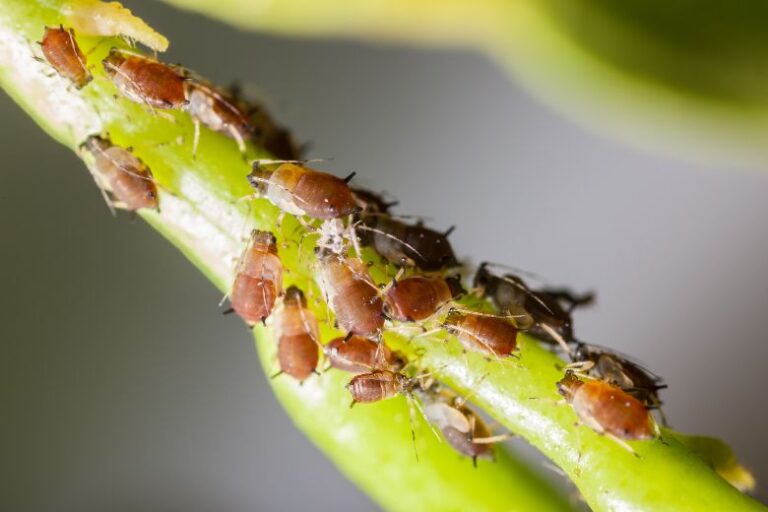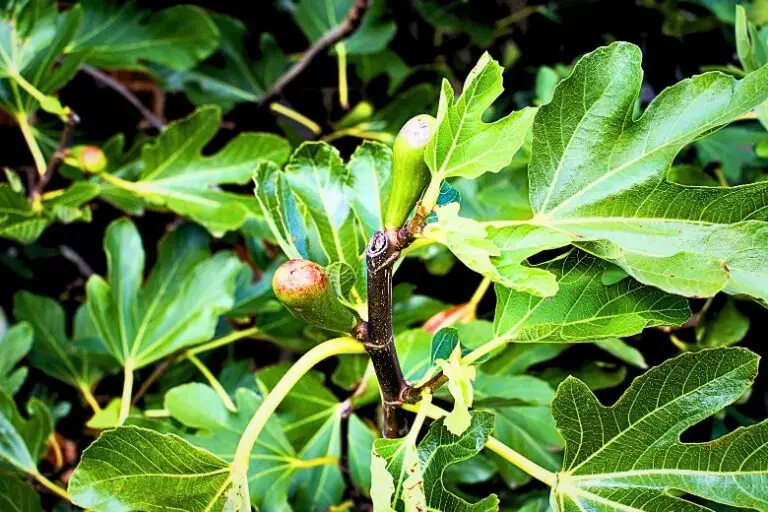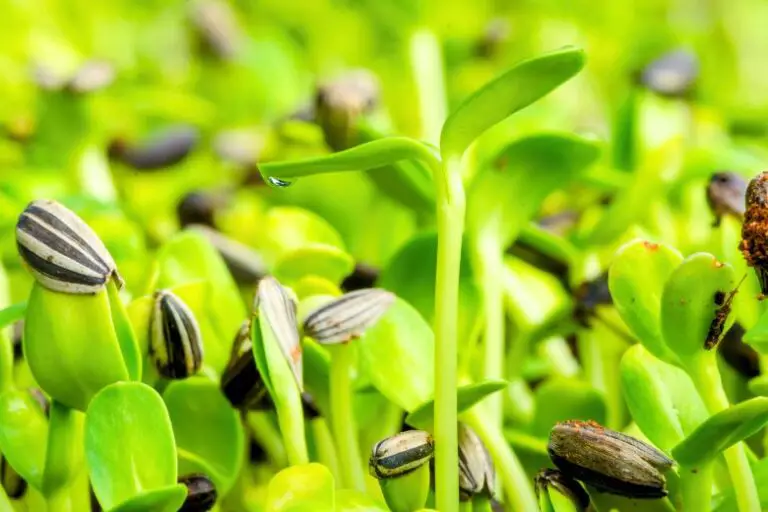Can I Grow A Fig Tree In A Container
If you are an avid gardener with limited space or live in an area with cold winters, you might wonder if it’s possible to grow a fig tree in a container. The good news is that growing fig trees in containers is not only feasible but also a rewarding experience.
Understanding Fig Trees
What are Fig Trees?
Fig trees (Ficus carica) are deciduous fruit-bearing trees that belong to the Moraceae family. They are known for their sweet and juicy fruits, called figs, which are not only delectable but also packed with nutrients like fiber, vitamins, and minerals.
Types of Fig Trees
There are various fig tree cultivars, each with its unique flavor and size. Some popular varieties suitable for container cultivation include Brown Turkey, Black Mission, Celeste, and Petite Negra. These cultivars are well-suited for limited spaces and can thrive in containers.
Benefits of Growing Fig Trees in Containers
Growing fig trees in containers offers several advantages. First, it allows people with small gardens or balconies to enjoy the pleasure of homegrown figs. Additionally, container gardening provides more control over soil quality, sunlight exposure, and temperature, resulting in healthier and more productive fig trees.
Selecting the Right Container
Size and Depth of the Container
When choosing a container for your fig tree, opt for a large pot with sufficient room for root growth. A 15-gallon container or larger is generally recommended. Make sure the pot is at least 18 inches deep to accommodate the extensive root system of fig trees.
Drainage and Material
Proper drainage is essential for the health of your fig tree. Select a container with drainage holes to prevent waterlogging, which can lead to root rot. Additionally, consider using a lightweight material such as plastic or fiberglass, as it makes moving the container easier.
Choosing the Right Location
Place your fig tree in a location that receives full sunlight for at least 6 to 8 hours a day. Fig trees thrive in warm and sunny conditions, so providing ample sunlight is crucial for their growth and fruit production.
Soil and Fertilizer Requirements
Ideal Soil Mix for Fig Trees
Fig trees prefer well-draining soil with a slightly acidic to neutral pH level. A mix of sandy loam and compost works well for container-grown fig trees. Avoid using heavy soils that retain too much water, as this can lead to root problems.
Fertilizing Fig Trees in Containers
To promote healthy growth and fruiting, fertilize your fig tree every four to six weeks during the growing season. Use a balanced fertilizer or one specifically formulated for fruit trees. Be sure to follow the manufacturer’s instructions to avoid over-fertilization.
Watering and Maintenance
Proper Watering Techniques
Consistent and adequate watering is vital for fig trees in containers. Keep the soil evenly moist, but not waterlogged. During hot and dry periods, you may need to water more frequently. Check the soil moisture regularly and adjust your watering schedule accordingly.
Pruning and Shaping Fig Trees
Pruning helps maintain the shape of your fig tree and encourages air circulation, which reduces the risk of fungal diseases. Prune your fig tree during the dormant season to remove dead or diseased wood and shape the canopy.
Protecting Fig Trees in Winter
Winterizing Techniques for Containers
During winter, fig trees enter dormancy, and their water requirements decrease. Reduce watering but do not let the soil completely dry out. You can also insulate the container with bubble wrap or burlap to protect the roots from freezing temperatures.
Frost Protection Tips
If you live in a region with harsh winters and freezing temperatures, consider moving the container to a sheltered location or using a frost cloth to protect your fig tree from frost damage.
Common Pests and Diseases
Identifying and Treating Pest Problems
Fig trees are generally resilient, but they can occasionally face pest issues such as aphids, scale insects, and mealybugs. Regularly inspect your fig tree for any signs of pests and address them promptly.
Preventive Measures
To prevent pests and diseases, maintain good hygiene around your fig tree. Remove fallen leaves and debris regularly, and avoid overwatering, as damp conditions can attract pests.
Harvesting and Enjoying Figs
When to Harvest Figs
Figs are ready to harvest when they are soft to the touch and have a rich color. Ripe figs should be slightly drooping and easy to pluck from the tree. Harvest them as they ripen to enjoy their sweet flavor at its peak.
Delicious Fig Recipes
Once you have harvested your figs, there are countless delicious ways to enjoy them. From fresh fig salads and desserts to fig preserves and jams, you can savor the unique taste of figs in various culinary delights.
Conclusion
Growing a fig tree in a container is not only feasible but also an enjoyable endeavor. By selecting the right variety, providing adequate care, and protecting your tree during harsh weather, you can experience the joy of harvesting your own sweet and nutritious figs. So, whether you have a small garden, a balcony, or a patio, consider cultivating a fig tree in a container to relish the delights of homegrown figs.







